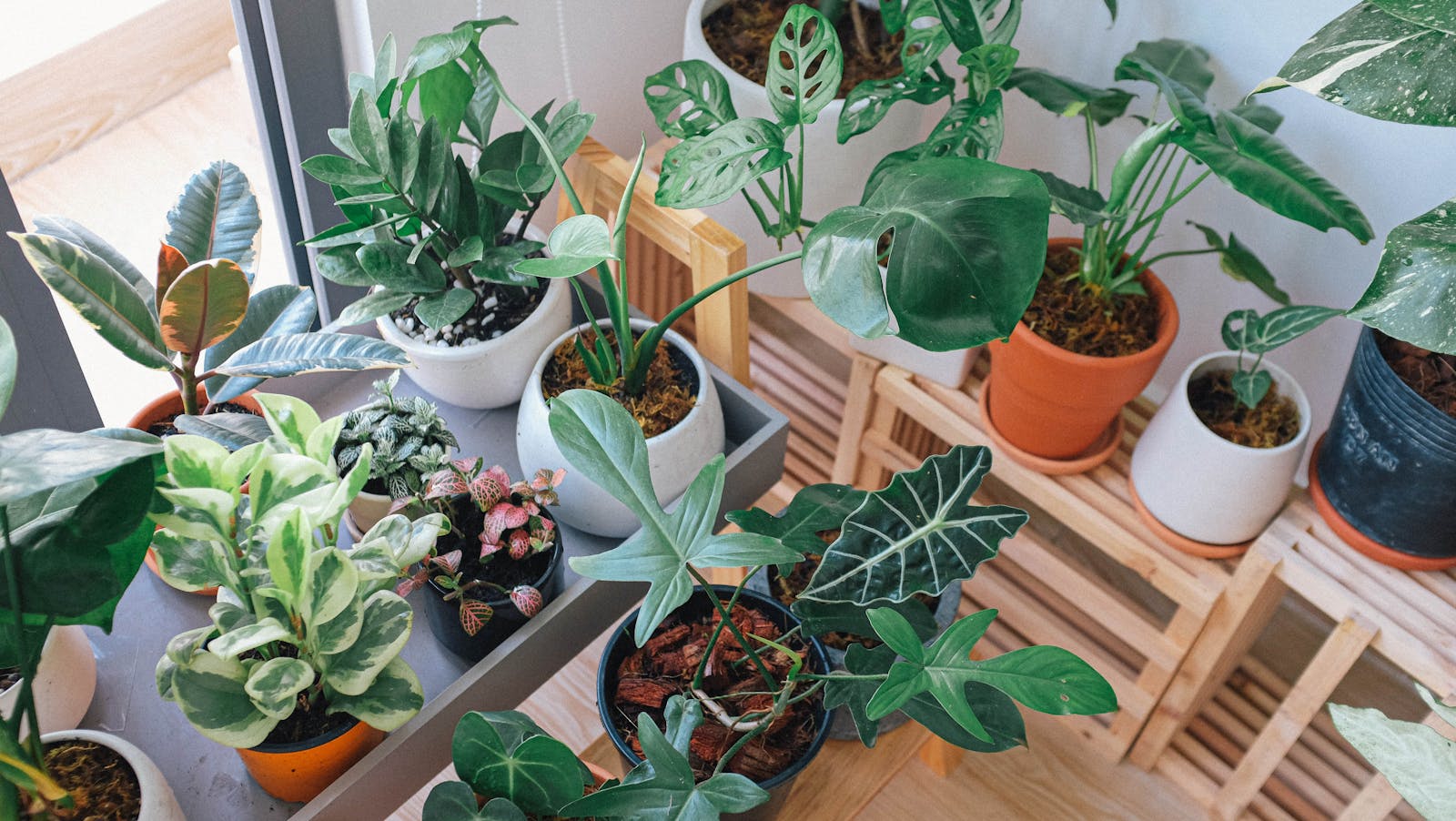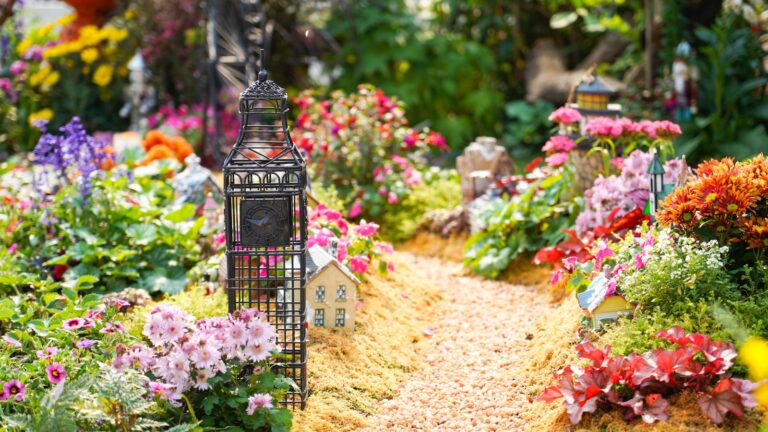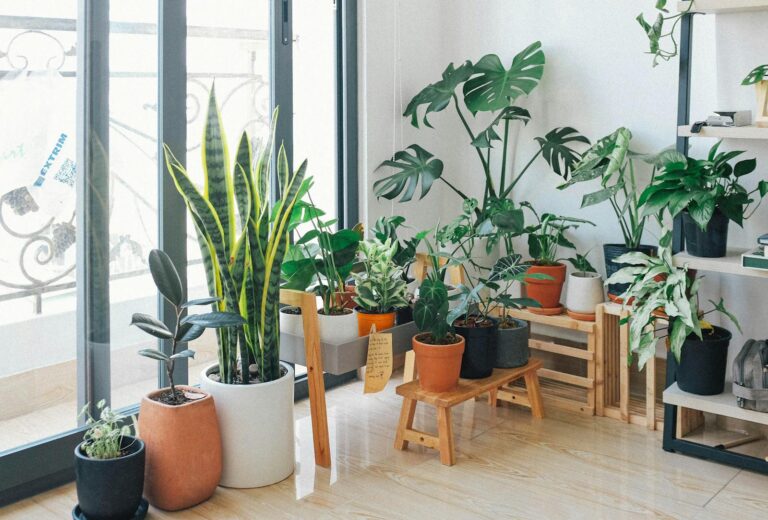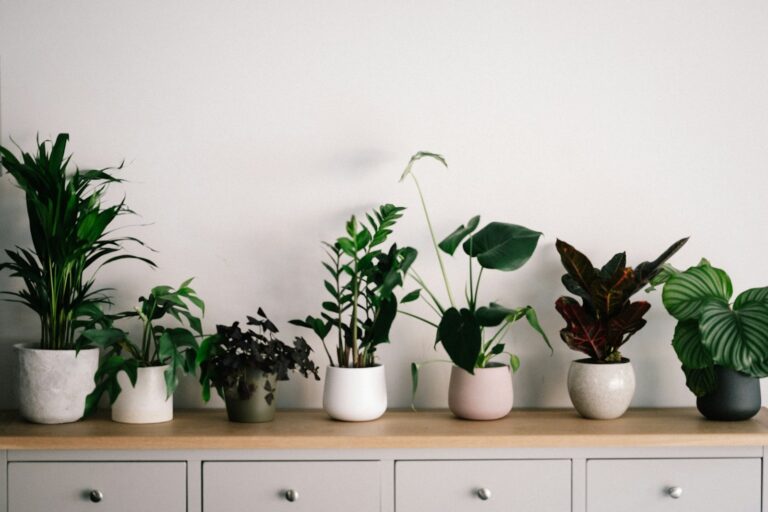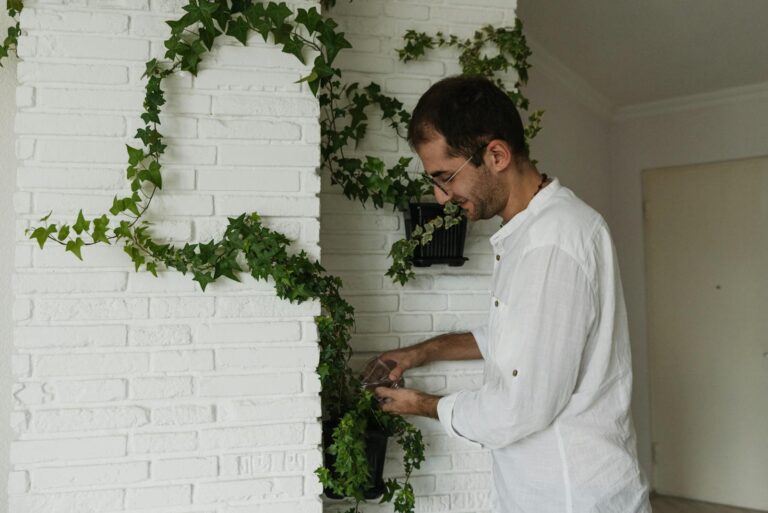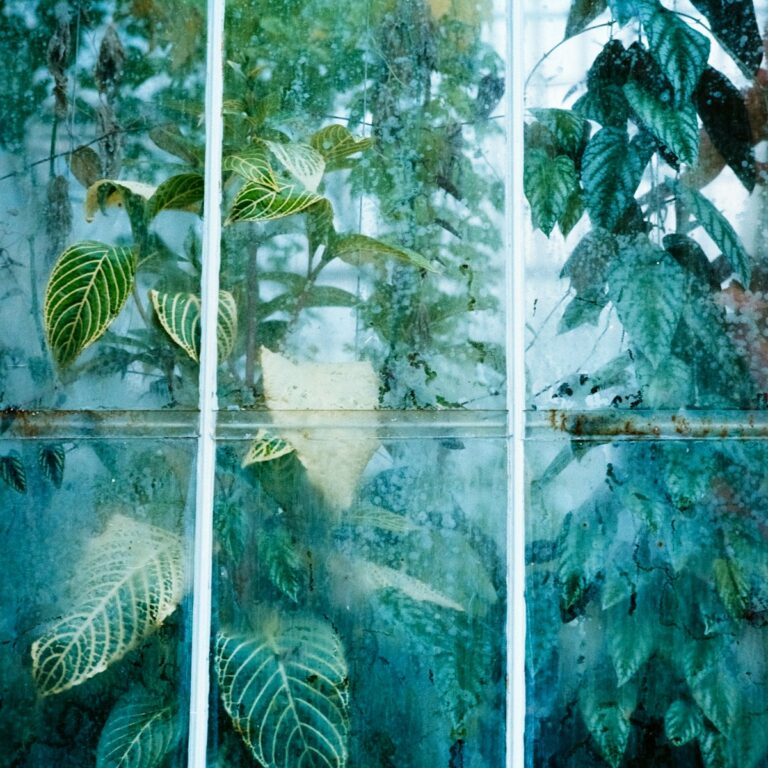The Easiest Indoor Plants to Keep Alive in Cold Weather for Cozy, Low-Maintenance Greenery
When winter rolls in, it can feel like your cozy home suddenly turns into a plant survival challenge. Some plants just don’t do well once the temperature drops, but there are plenty that can power through the chilly months with almost no fuss.
If you’re tired of watching your favorite greenery droop as soon as the heat kicks on, you’re not alone. The good news is that you don’t have to be an expert to keep your indoor jungle thriving, even when it’s cold outside.
Let’s check out some of the easiest indoor plants that actually love low-maintenance care during the colder seasons.
Snake Plant (Sansevieria)
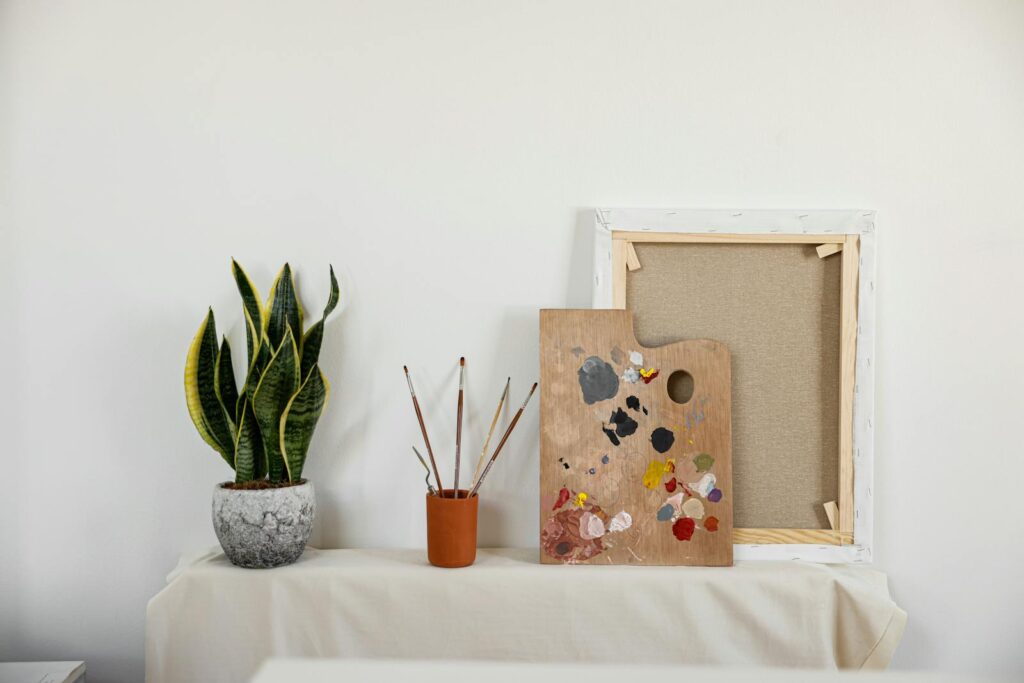
The snake plant is a classic for a reason. It handles low light and cooler temperatures like a champ.
You can let the soil dry out completely before watering again. Overwatering is more dangerous than the cold for this plant.
Snake plants prefer indirect light but tolerate low light if needed. Just keep them away from drafts and freezing air.
Their upright leaves store water, which helps them get through winter with little attention.
If you want more winter care tips, check out this Snake Plant Winter Care guide.
ZZ Plant (Zamioculcas zamiifolia)
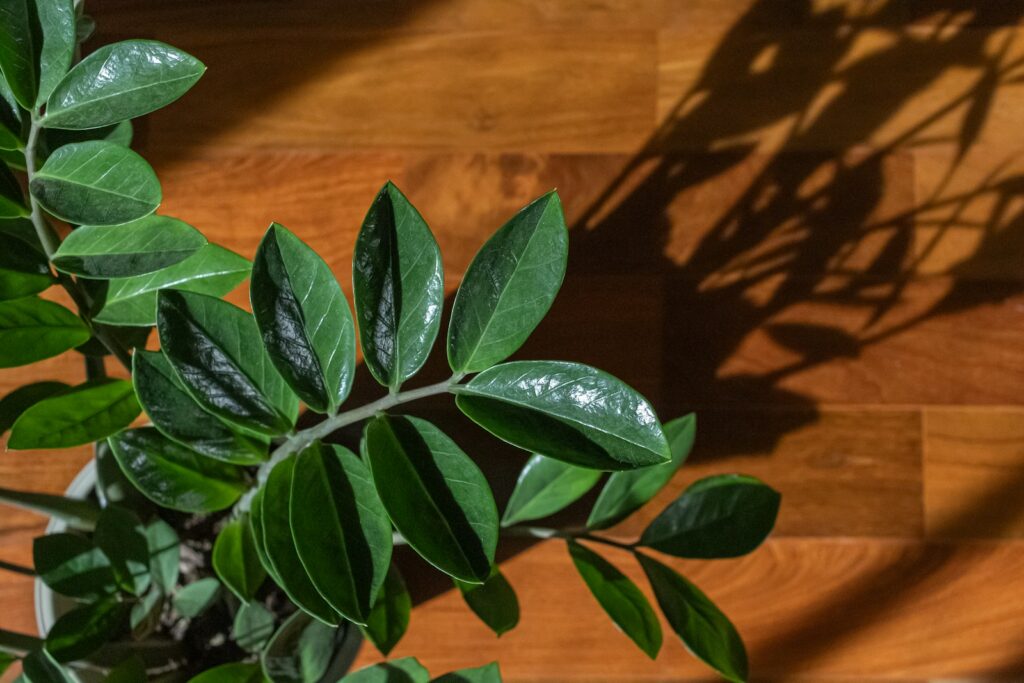
The ZZ Plant is the definition of “set it and forget it.” It survives low light and only needs water every now and then.
Its thick, shiny leaves help it hold onto moisture. That makes it perfect for dry, heated rooms during winter.
Put your ZZ Plant in indirect light. It can even handle dim rooms, just let the soil dry out between waterings.
This plant grows slowly, so you won’t be repotting often. Its low-maintenance vibe makes it a favorite for busy plant parents.
For more tips, check out this ZZ Plant Care Guide.
Cast Iron Plant (Aspidistra elatior)
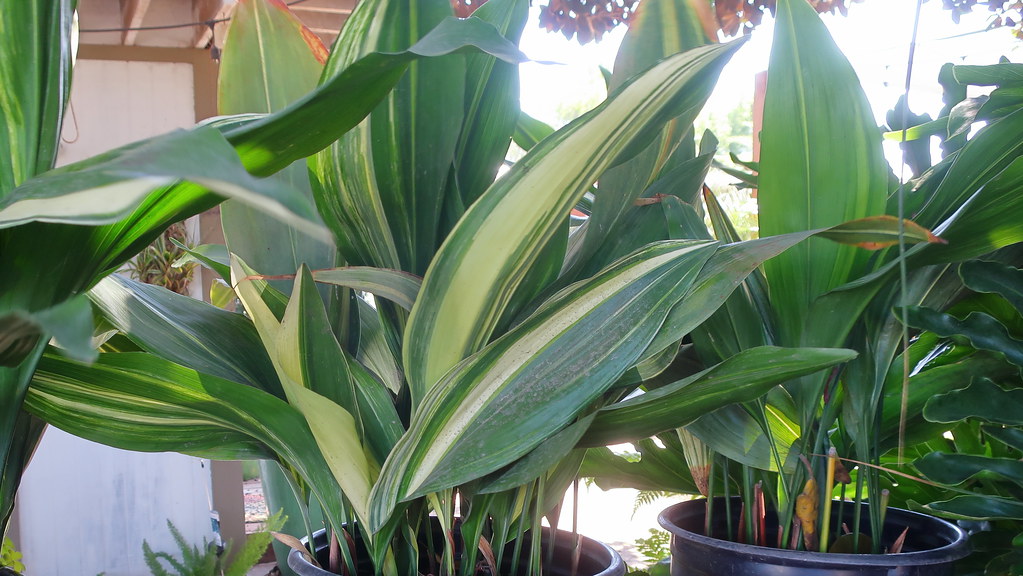
The Cast Iron Plant is nearly indestructible. It handles low light and cooler temperatures without a problem.
Its dark green, glossy leaves bring a pop of color to any corner, even those with little sunlight.
Water only when the soil feels dry. This plant prefers to dry out between drinks.
Average room temperatures suit it well. Fertilize once a month during the growing season for best results.
If you want something that lasts with almost no effort, the Cast Iron Plant is a solid pick. Find more care details in this Cast Iron Plant Care Guide.
Spider Plant (Chlorophytum comosum)

Spider plants are a favorite for cold weather because they’re so forgiving. They do well in bright to moderate light and can also survive in lower light.
Water once a week in spring and summer. In winter, cut back and let the soil dry out a bit more.
Normal room temperatures work great for spider plants. They prefer 60-75°F and don’t like sudden temperature changes.
You’ll get long, striped leaves and baby “pups” to grow into new plants. Sharing them with friends is half the fun.
If your water has fluoride, use filtered or rainwater to keep the leaves healthy. For more care tips, check out this spider plant care guide.
Pothos (Epipremnum aureum)
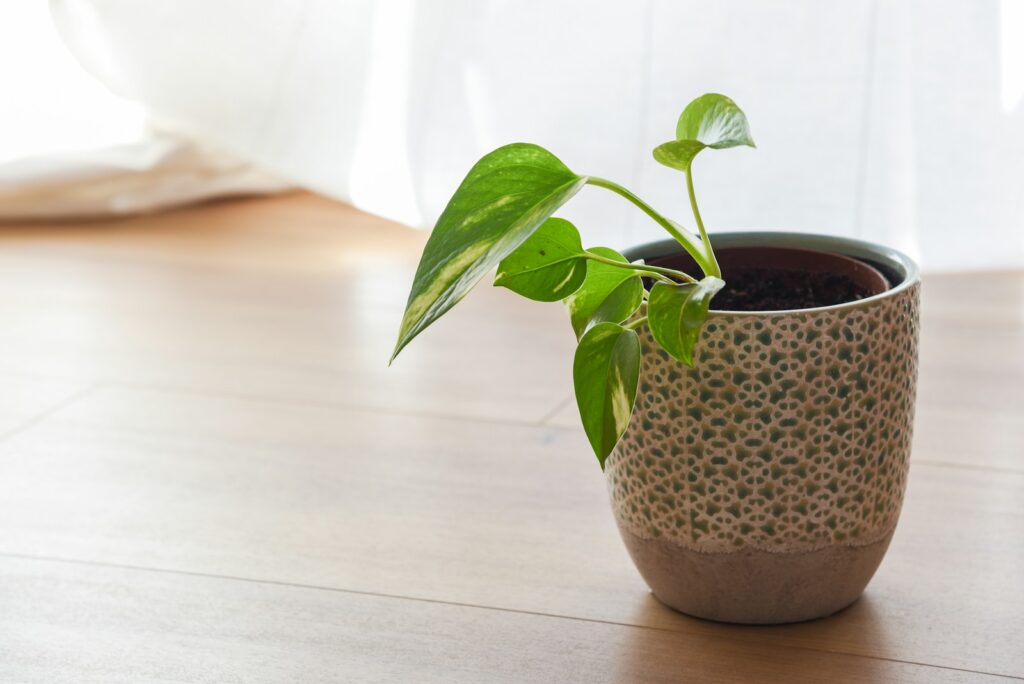
Pothos is the plant for people who sometimes forget to water. It thrives in low light and doesn’t need much attention.
Let it trail from a shelf or climb up a support for a nice green accent. The heart-shaped leaves add a fresh touch to any space.
Pothos can handle cooler temps but keep it away from cold drafts. It’s very forgiving if you miss a watering or two.
If you want to learn more, check this complete care guide for Pothos.
Just water when the top inch of soil feels dry, and your pothos will stay happy.
Peace Lily (Spathiphyllum)
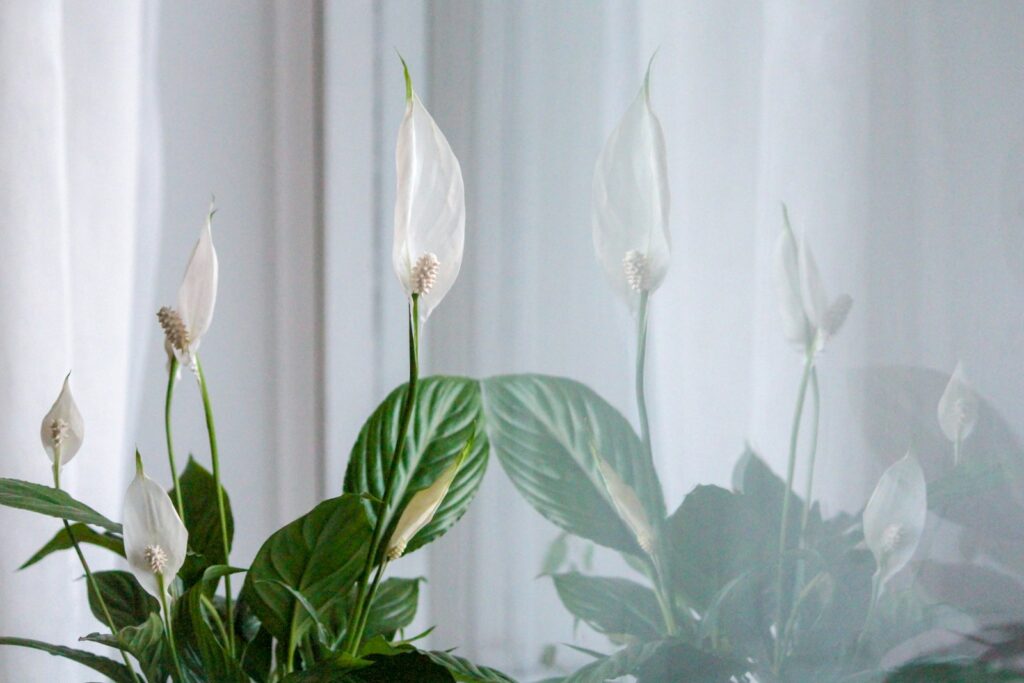
Peace Lilies are great for cooler rooms because they’re not picky about light. They do well in low to bright indirect light.
Water when the top inch of soil feels dry. Keep the soil slightly moist, but never soggy.
You’ll notice elegant white flowers popping up from time to time. Peace Lilies also help clean the air, making your home feel fresher.
If you want more tips, check out this Peace Lily care guide.
Chinese Evergreen (Aglaonema)
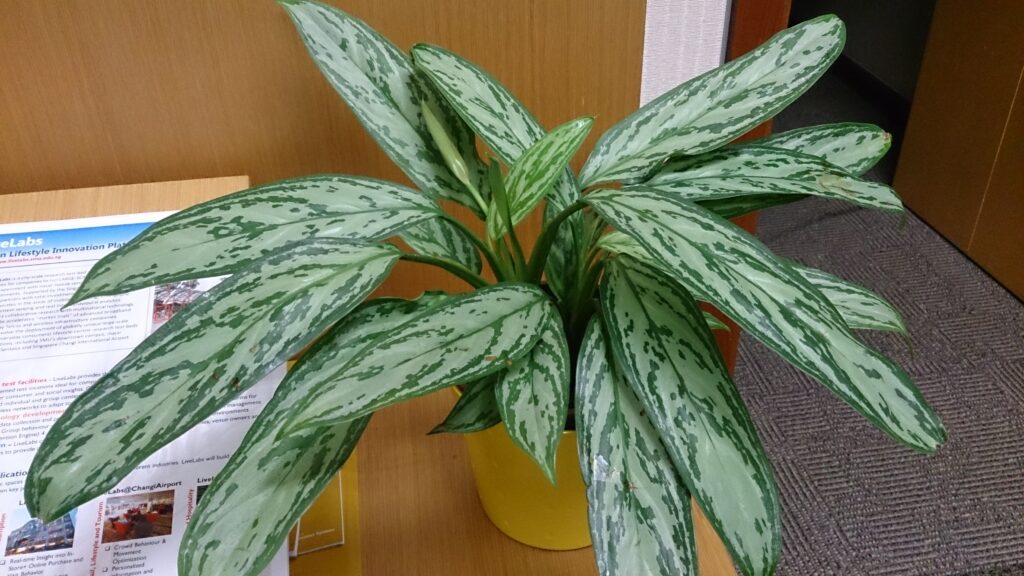
Chinese Evergreen is a go-to for people who want easy care during winter. It handles low light and dry air better than most houseplants.
Keep it away from cold drafts and vents. Cold air can stress the plant.
Water only when the top inch of soil is dry, and make sure the pot drains well. Skipping a watering won’t hurt it.
The leaves come in green, silver, or even pink, adding color to darker rooms. For more info, check this Aglaonema care guide.
Philodendron
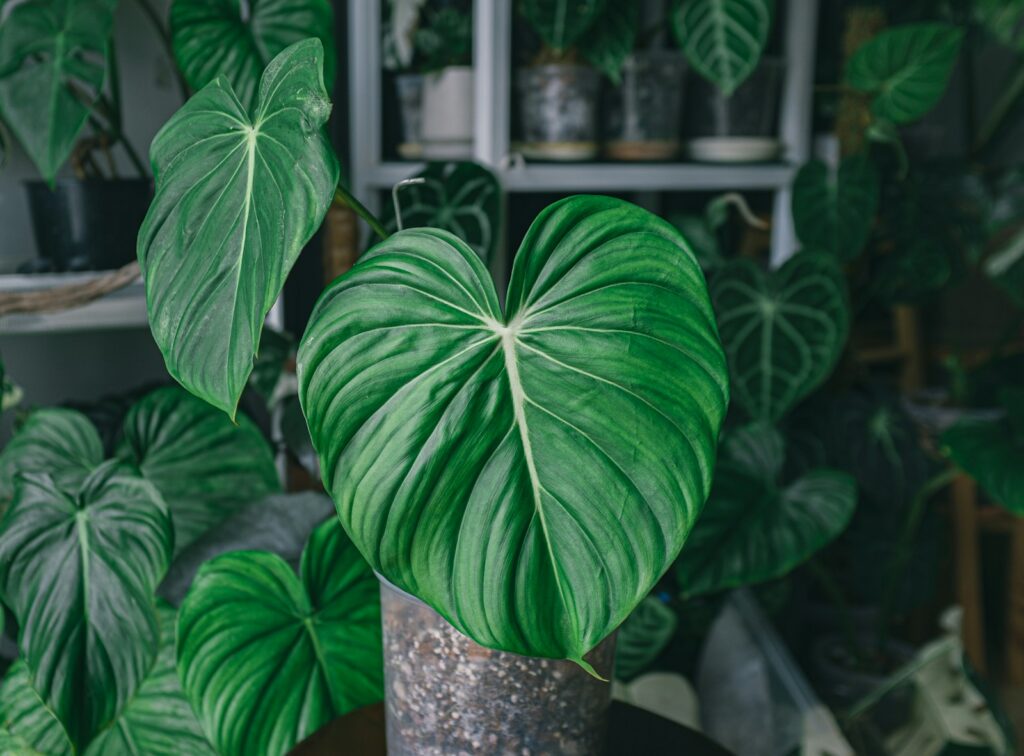
Philodendrons are perfect for anyone who wants a low-maintenance plant that adapts to cooler spots. They’re tropical, but they adjust well as long as they’re not near drafts.
Let the top inch of soil dry out before watering again. This prevents root rot.
They like bright, indirect light but will survive in low light too. Avoid direct sun to keep the leaves looking good.
Wipe the leaves with a damp cloth to help them absorb light. For more care tips, check out this Philodendron care guide.
Parlor Palm (Chamaedorea elegans)
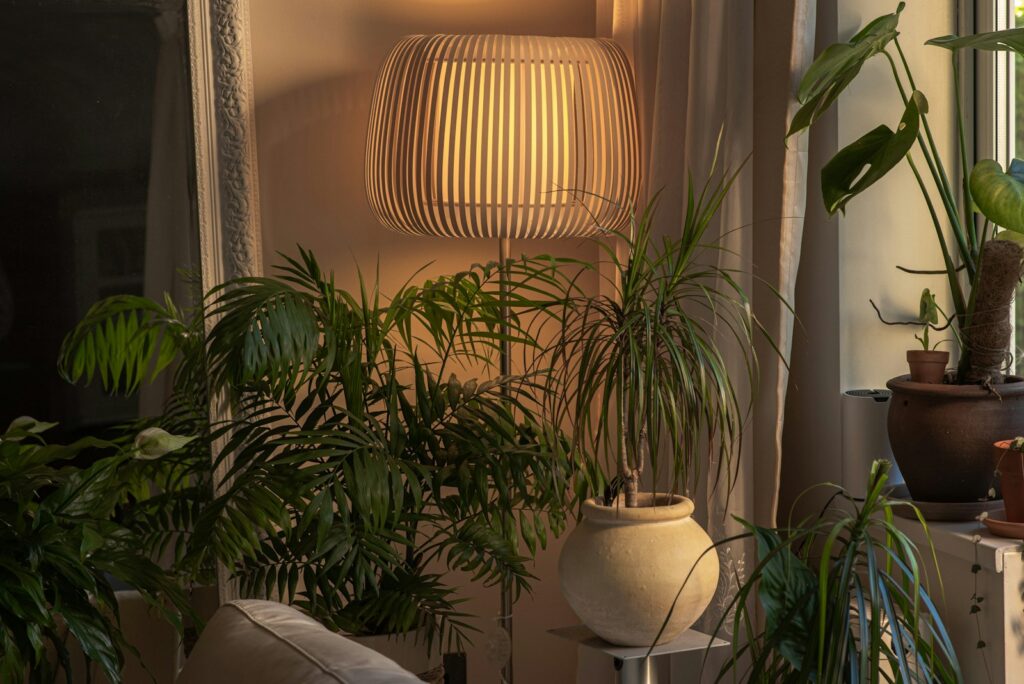
The Parlor Palm is a great pick for colder indoor conditions. It thrives in average room temperatures and isn’t fussy about humidity.
Keep it away from cold drafts to avoid brown spots. Normal home humidity is just fine.
It prefers low to medium light. Water when the top inch of soil is dry, but don’t let it sit in water.
With its feathery fronds, the Parlor Palm gives your space a tropical vibe. For more care tips, check the Parlor Palm Care Guide.
Dracaena
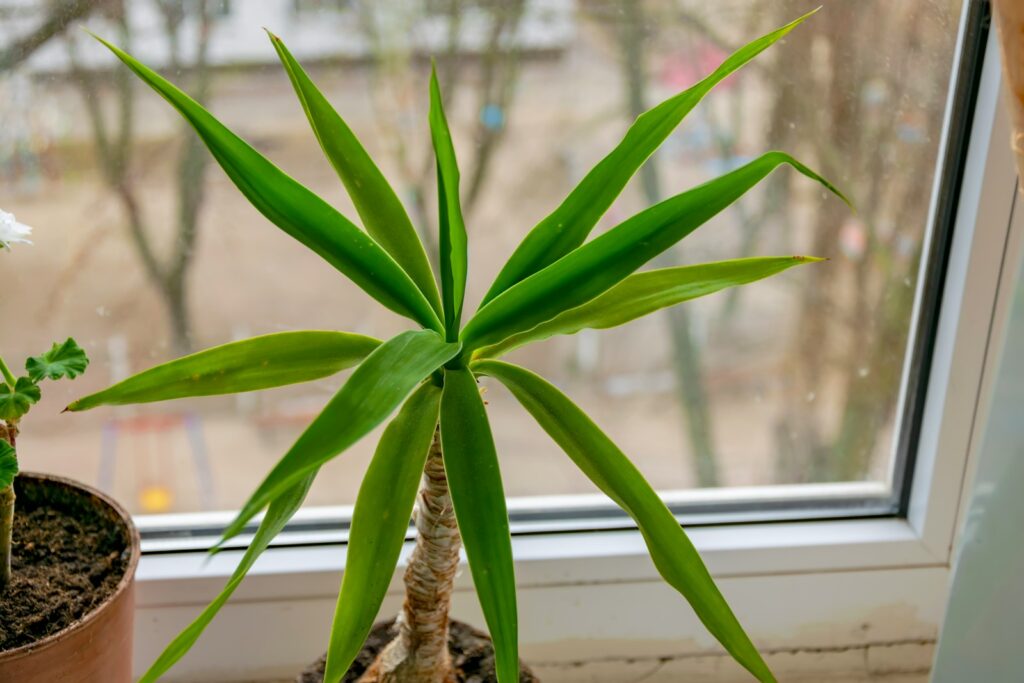
Dracaenas are a lifesaver for anyone who wants greenery without the drama. They handle lower light and cooler temperatures as long as it’s not too cold.
Let the soil dry out between waterings. Overwatering is the main thing to avoid.
They like bright, indirect light but can survive in lower light. If your home is dry in winter, mist your dracaena or place it near a humidifier.
Watch for brown leaf tips, which can mean the air is too dry or you’re watering too much. Keeping the environment steady helps your dracaena thrive.
For more tips, check this indoor dracaena plant care guide.
Essential Care Tips for Indoor Plants in Cold Weather
Colder months mean your indoor plants need a little extra attention. Light, water, and soil all play a role in helping them thrive when it’s chilly and dark outside.
Managing Light and Temperature
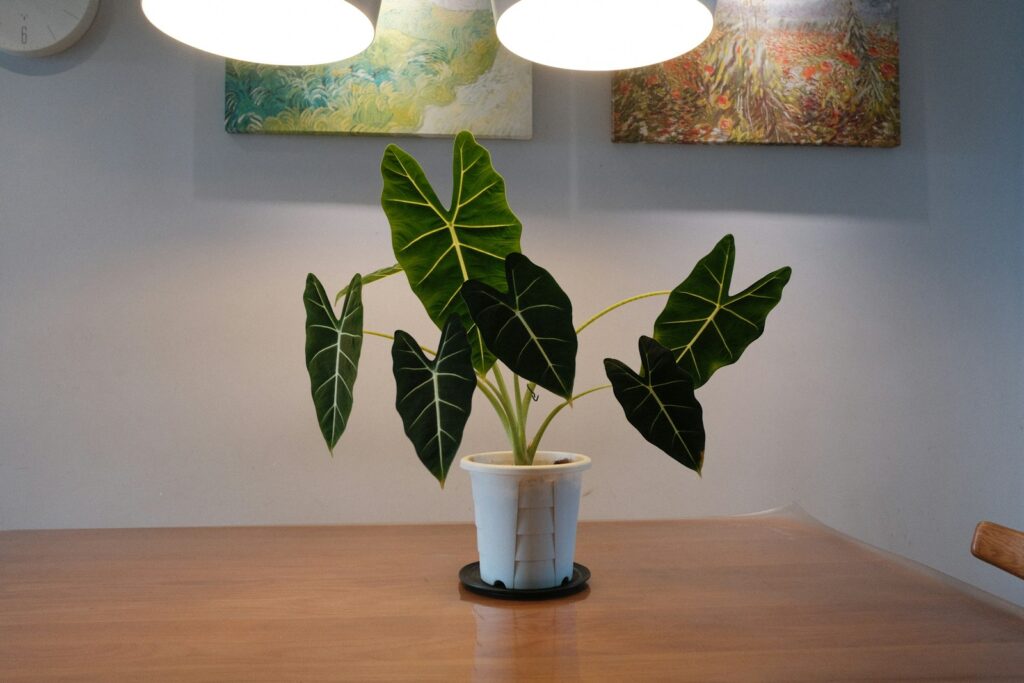
Sunlight is weaker and days are shorter in winter. Move your plants closer to windows for more natural light.
If sunlight is scarce, try using a grow light. Keep plants away from cold drafts and icy windows.
Maintain a steady room temperature between 65°F and 75°F. Avoid placing plants near heaters, as hot, dry air can damage leaves.
Adjusting Watering Frequency
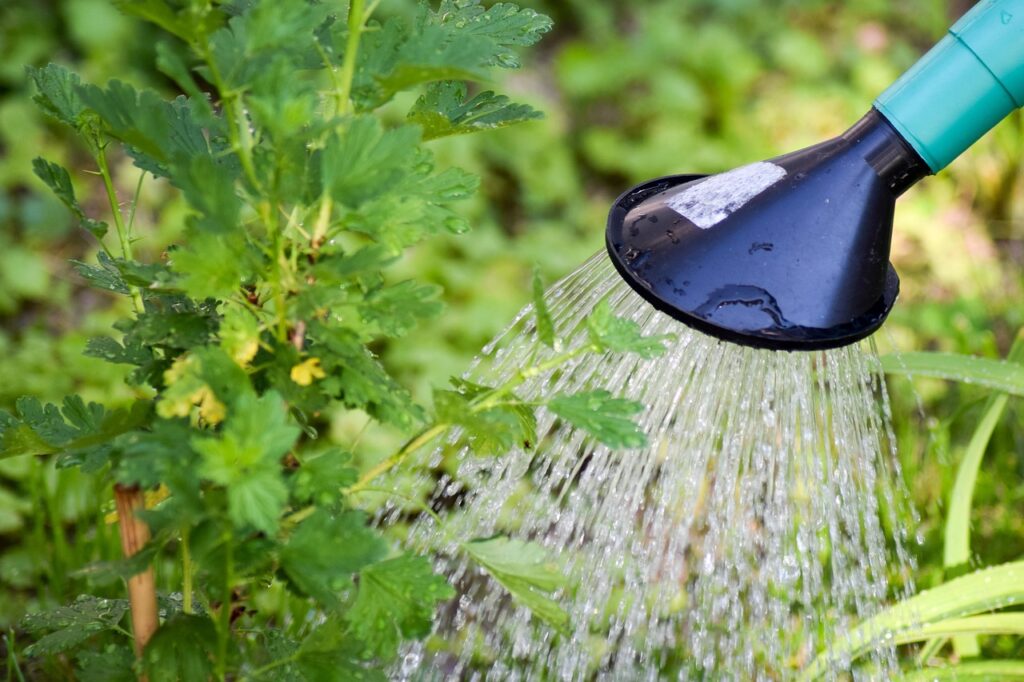
Plants need less water in cold weather. Check the soil before watering, and only water when the top inch feels dry.
Don’t let water collect in the saucer. Overwatering is a bigger risk in winter than underwatering.
Use a spray bottle to boost humidity if your home feels dry.
Choosing the Right Potting Mix
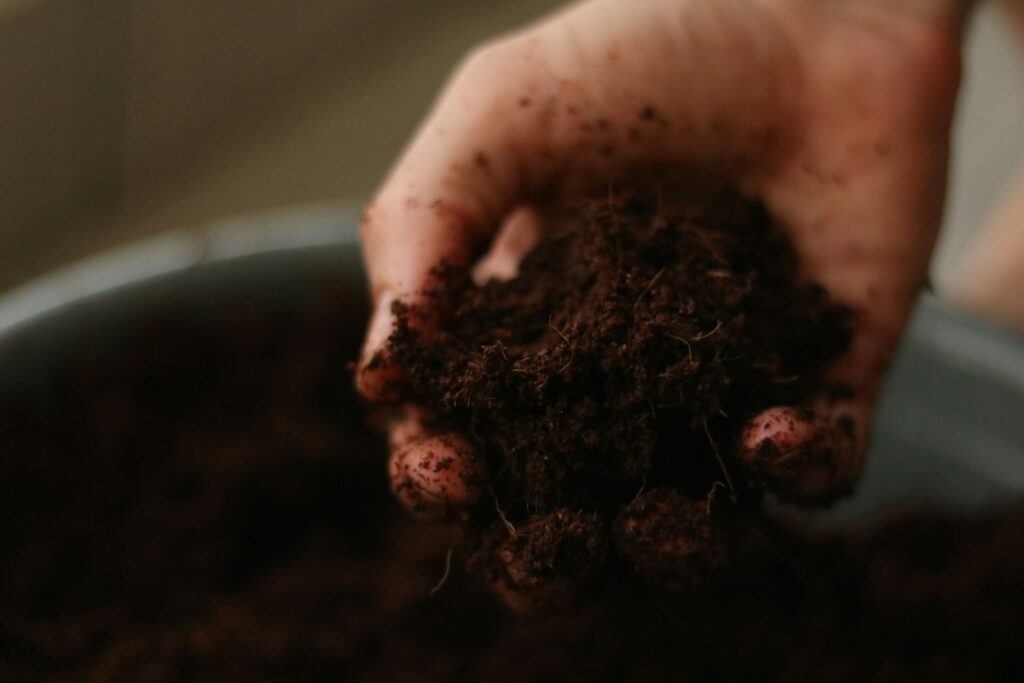
Pick a potting mix that drains well but still holds some moisture. Mixes with peat moss or coconut coir work well.
Avoid heavy garden soil that stays soggy. Add perlite or sand to improve drainage and keep roots healthy.
Adjusting your potting mix can help your plants cope with cold weather. For more winter care tips, check out this winter houseplant care guide.
Common Mistakes to Avoid in Winter Plant Care
Winter brings its own set of challenges for indoor plants. Simple mistakes with watering or placement can make a big difference.
Knowing what to watch out for will help your plants get through the colder months looking their best.
Overwatering Risks
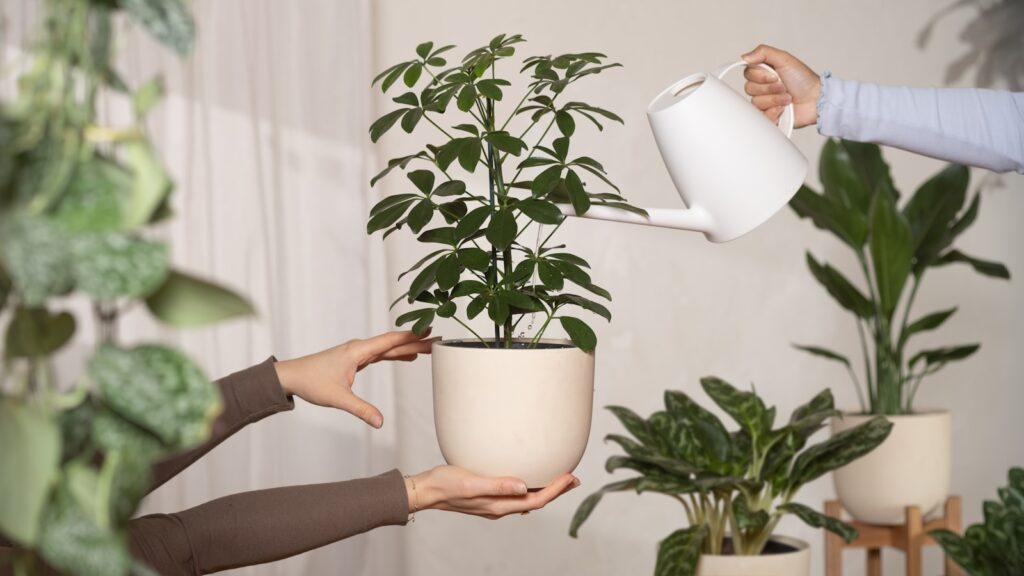
When the weather turns cold, plants slow down and do not need as much water. Evaporation also happens more slowly during winter.
Giving your plants too much water can drown their roots. This can lead to root rot and make your plants unhealthy.
Always check the soil before watering. If it feels damp, wait a bit longer.
Using a pot with good drainage helps keep water from pooling around the roots. Watering less often gives your plants time to breathe.
Placing Plants Near Drafts or Heat Sources

Finding the right spot for your plants in winter can be tricky. Many of us have accidentally left a plant too close to a chilly window or a blasting heater, only to see it struggle.
Cold drafts from windows or doors can shock your plant and cause leaves to drop or get crispy edges. It’s best to move your plants away from these spots.
Heat sources such as radiators or heaters can make the air and soil too dry. This leaves your plant feeling parched and stressed.
Try to keep a few feet of space between your plants and any heat source. If your home feels extra dry, a humidifier or a tray of water nearby can help keep the air more comfortable for your plants.
Small changes in placement can make a big difference in how your plants handle the winter months.

